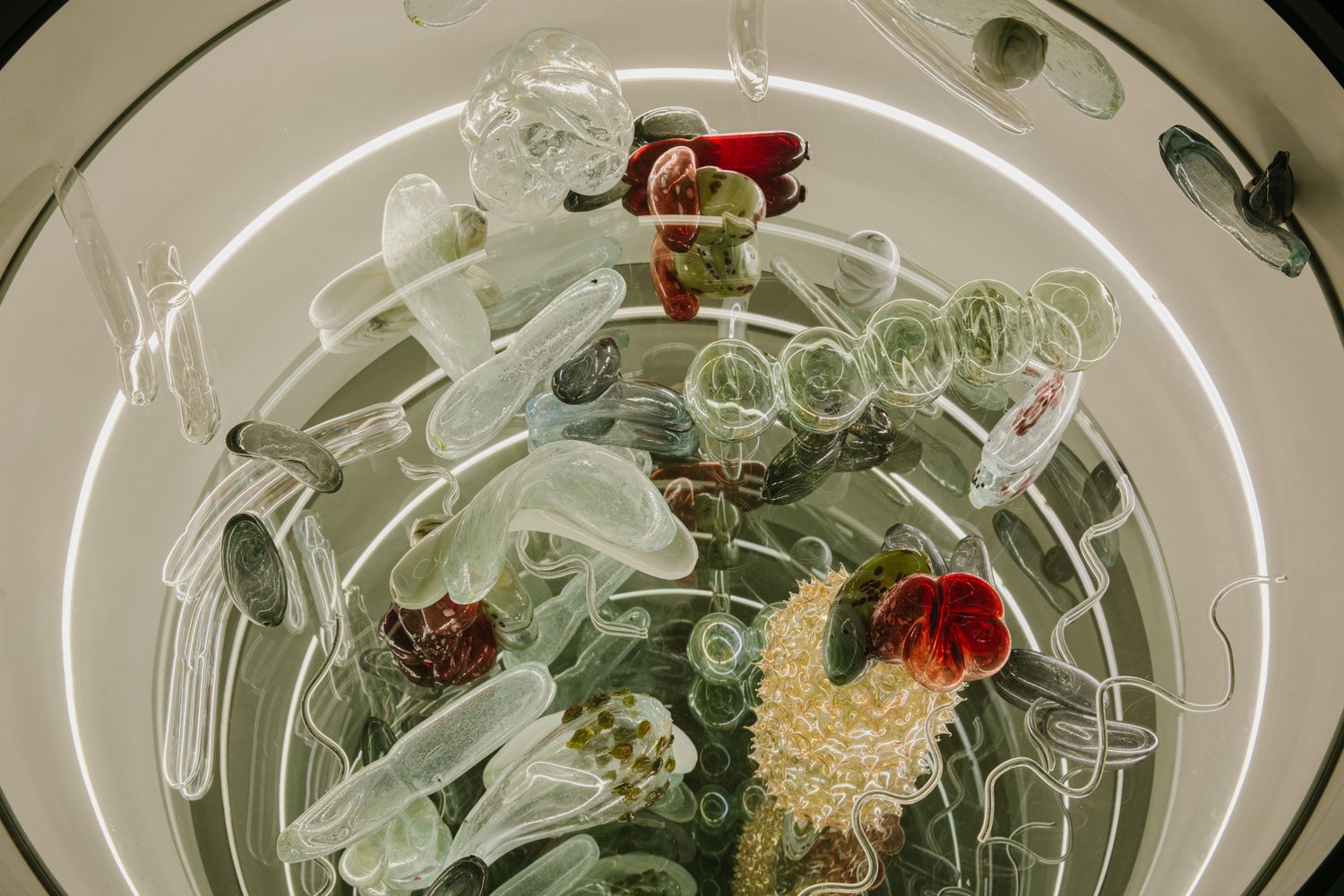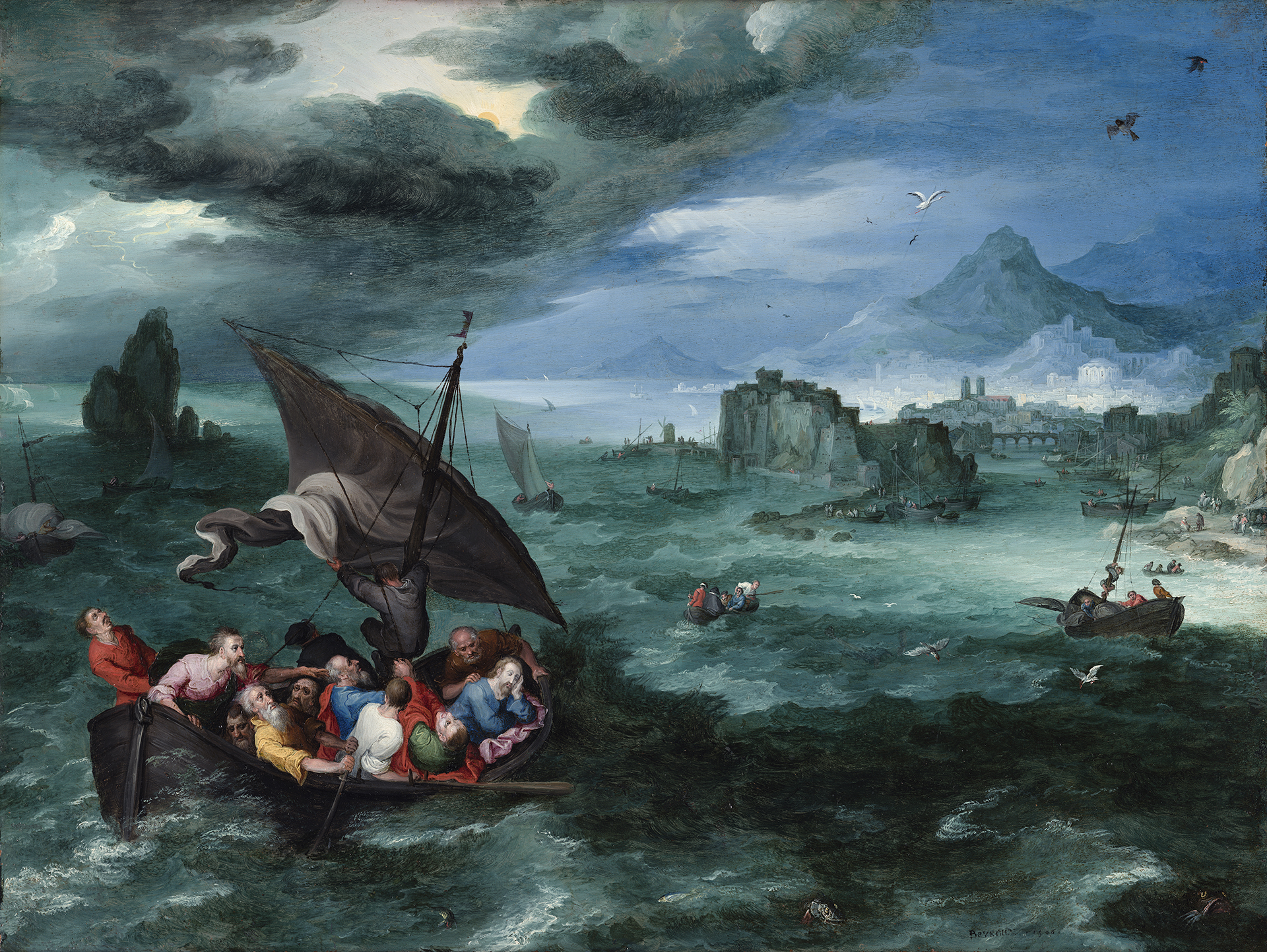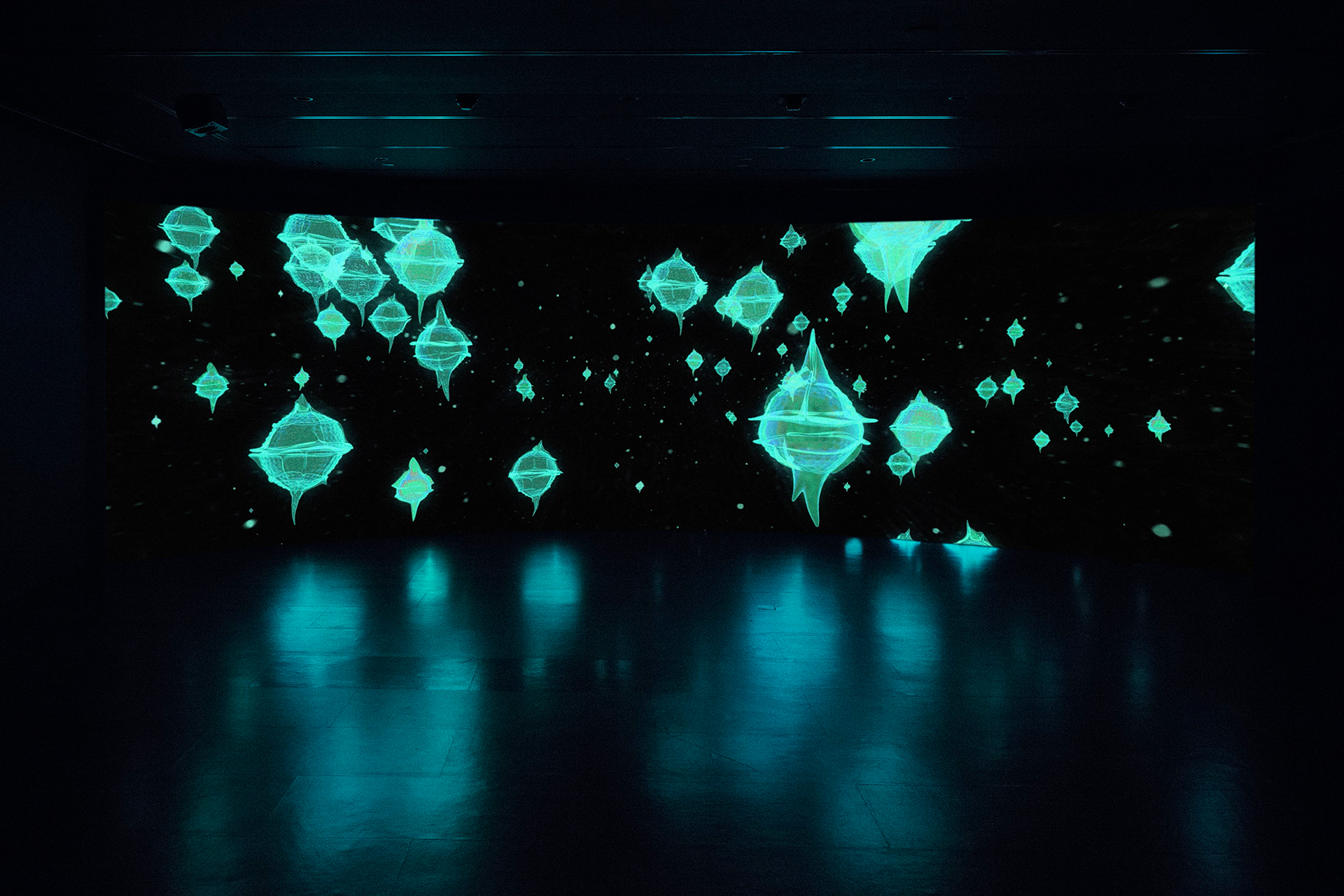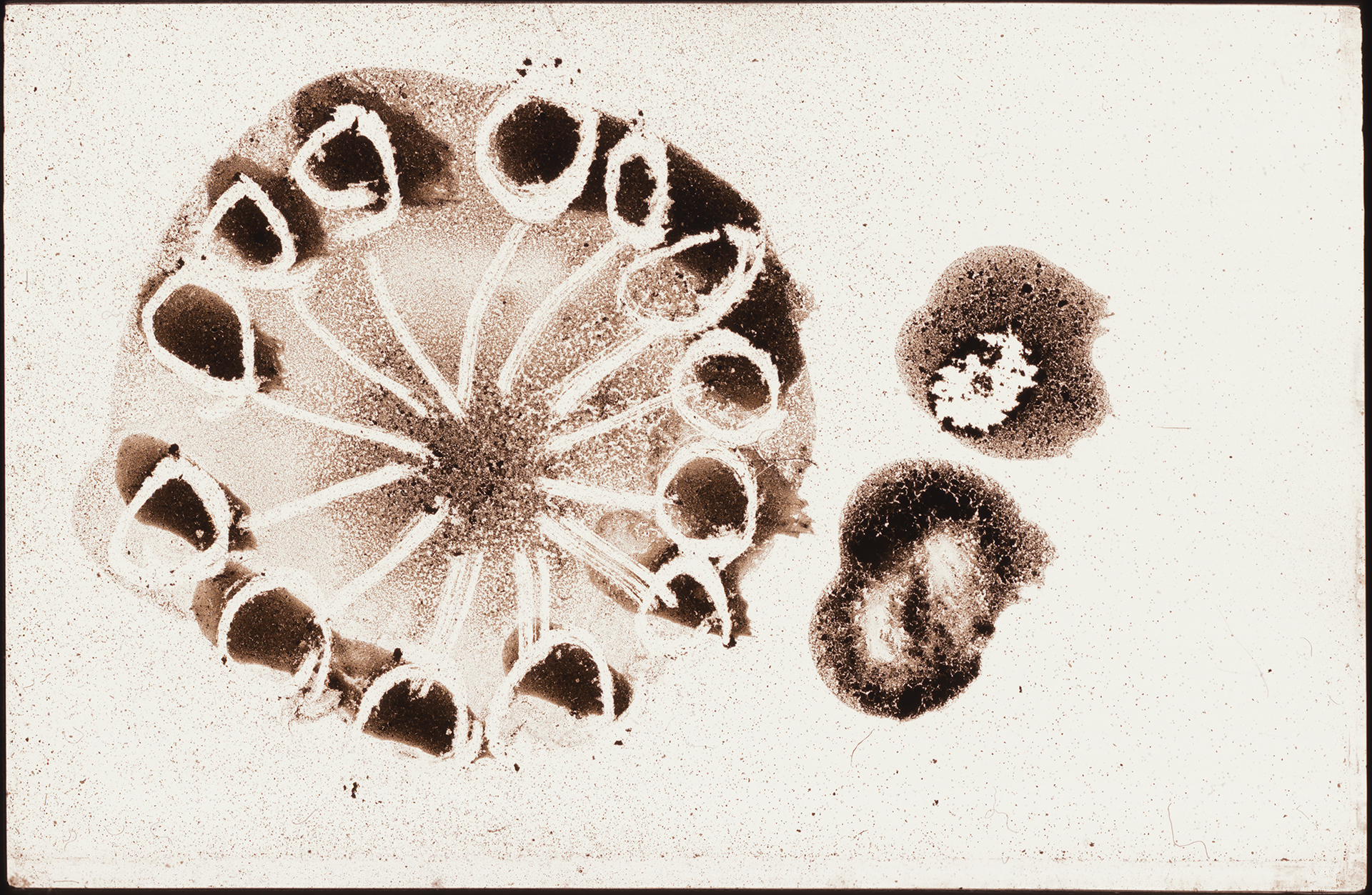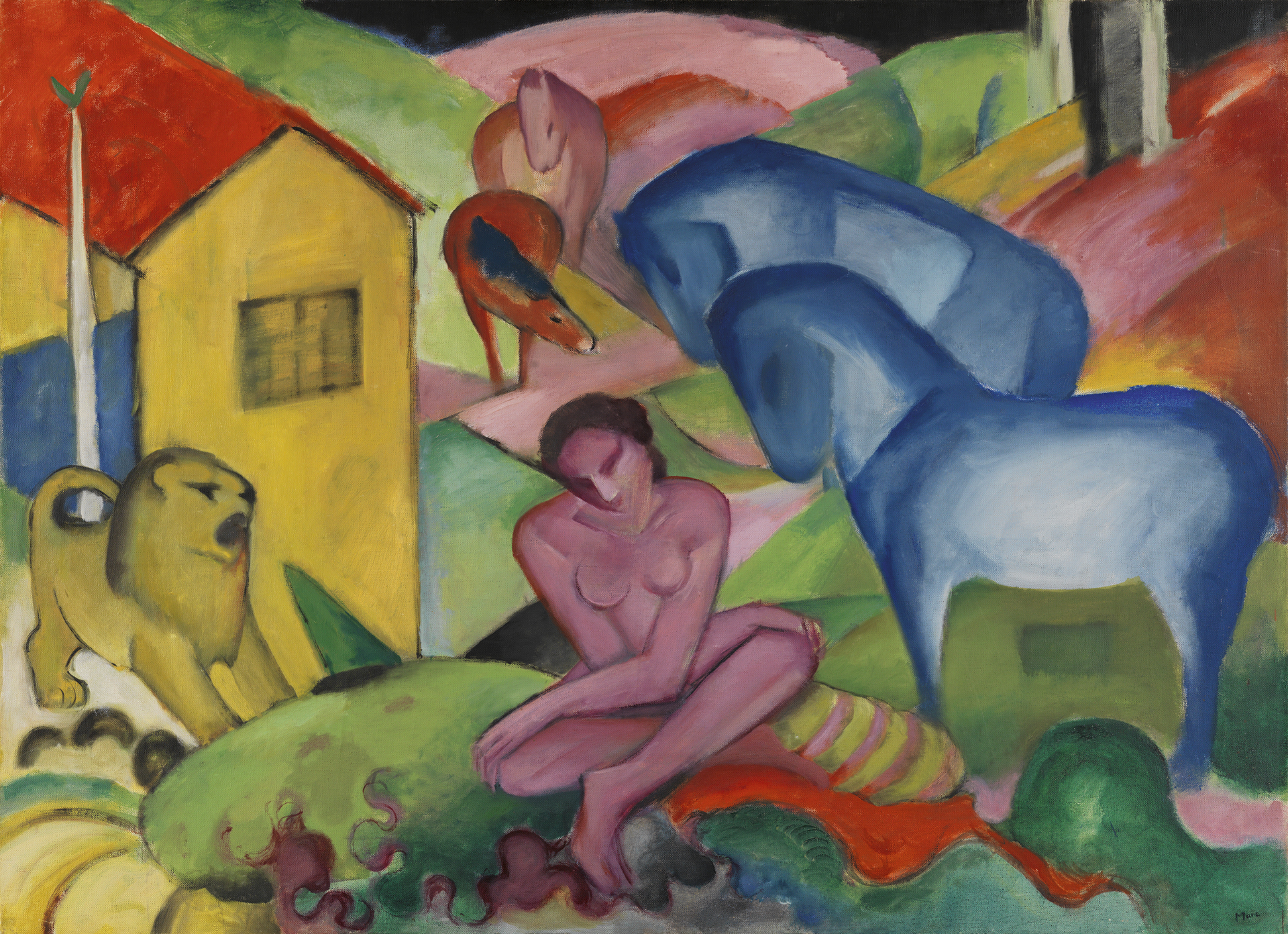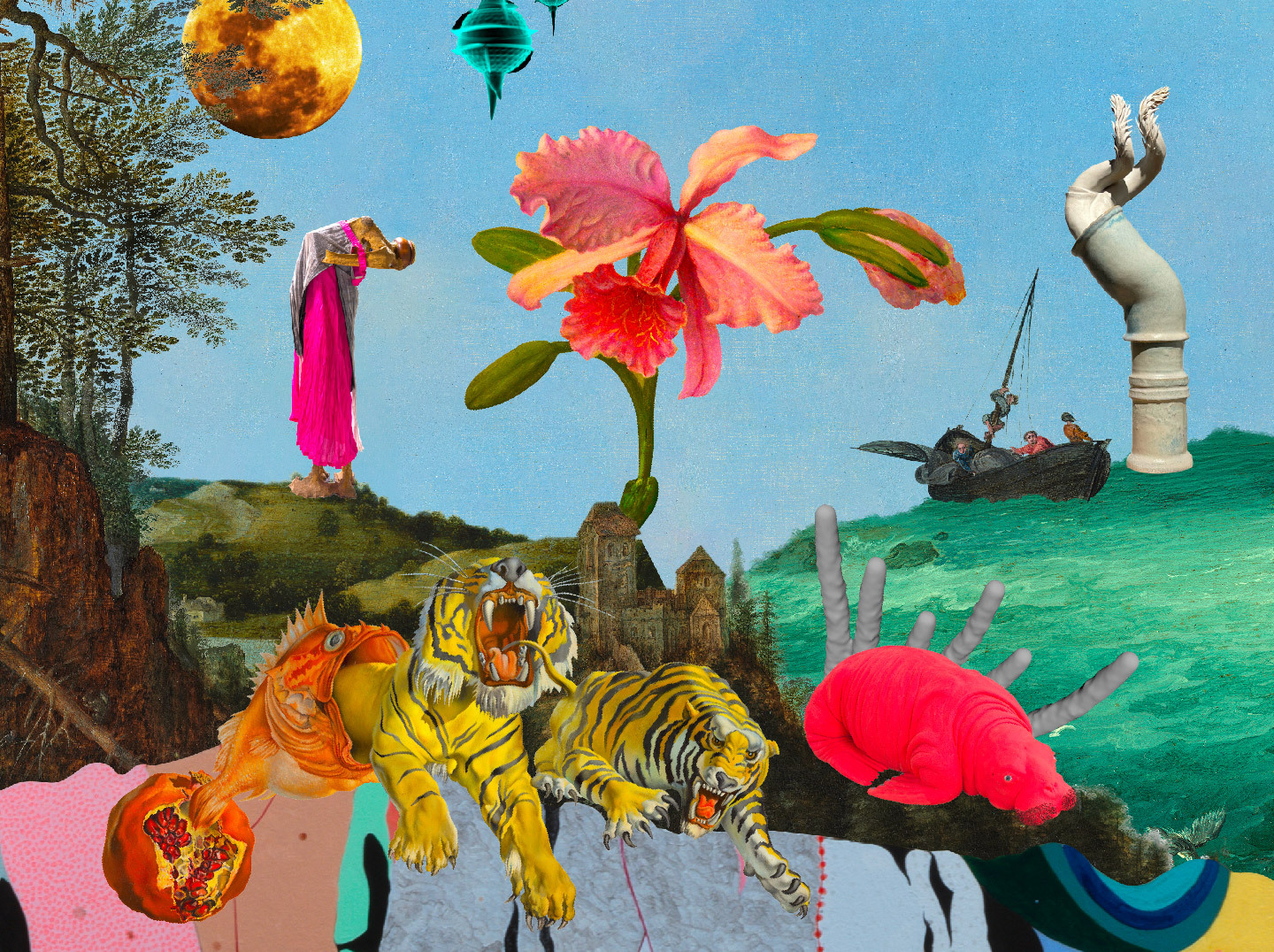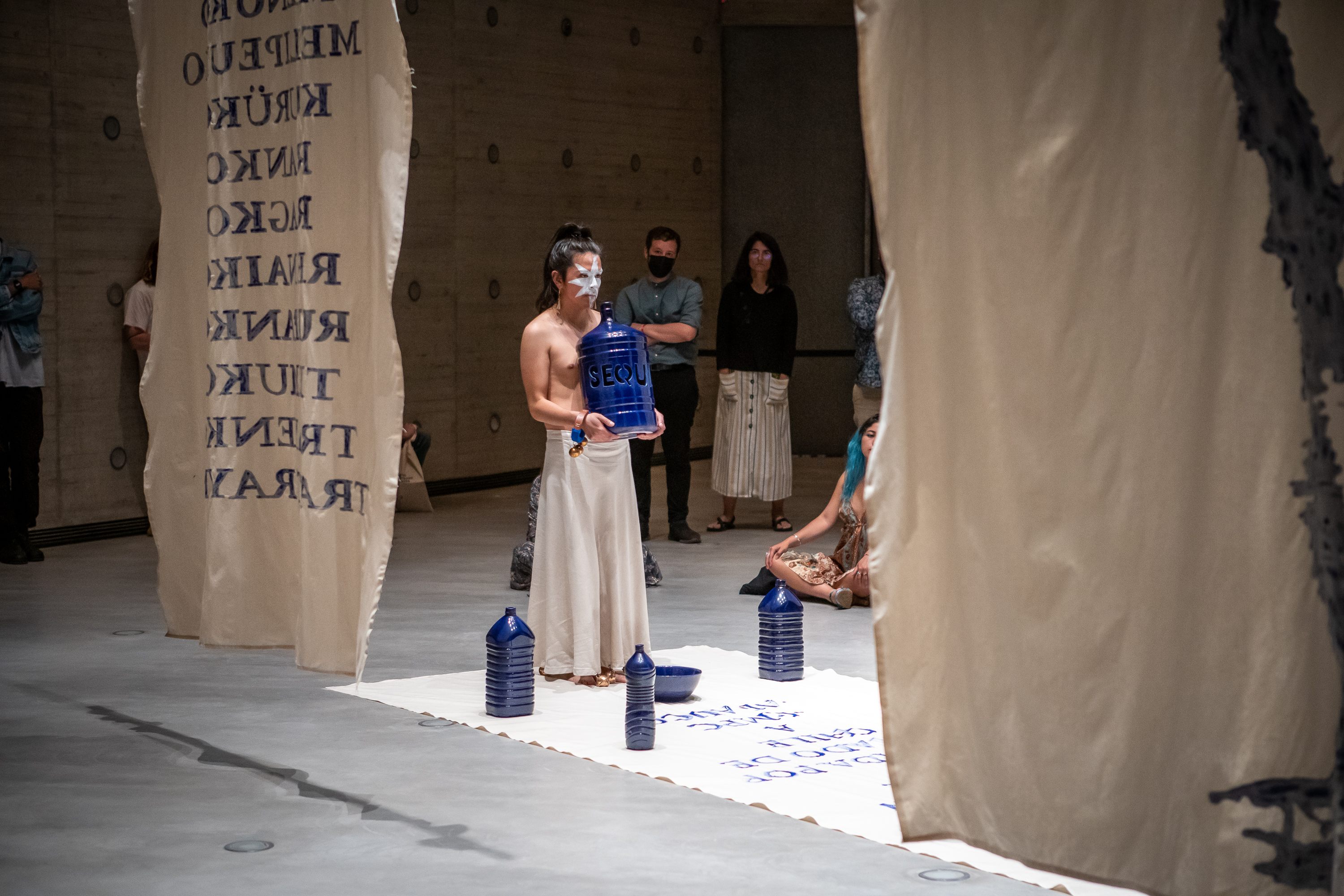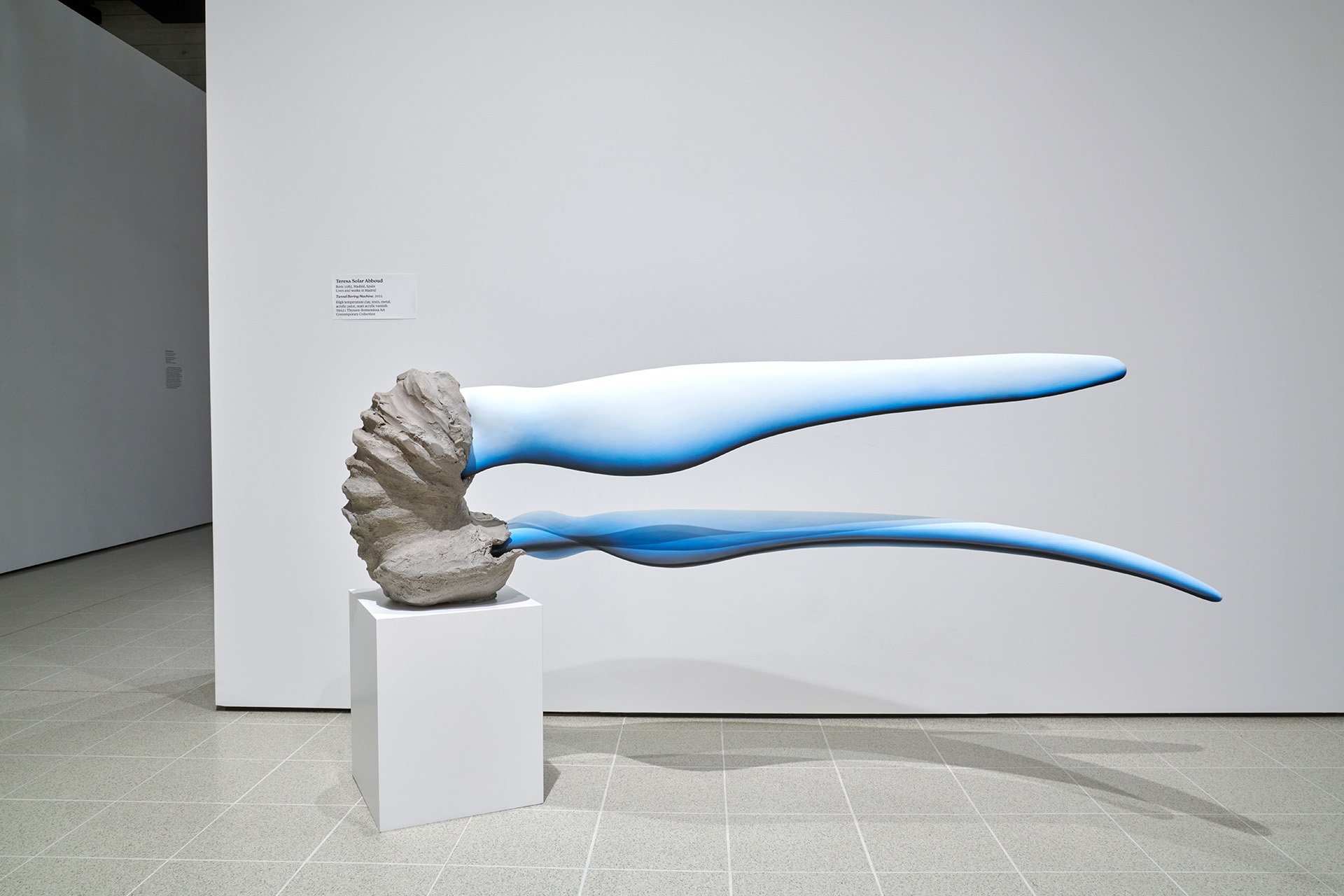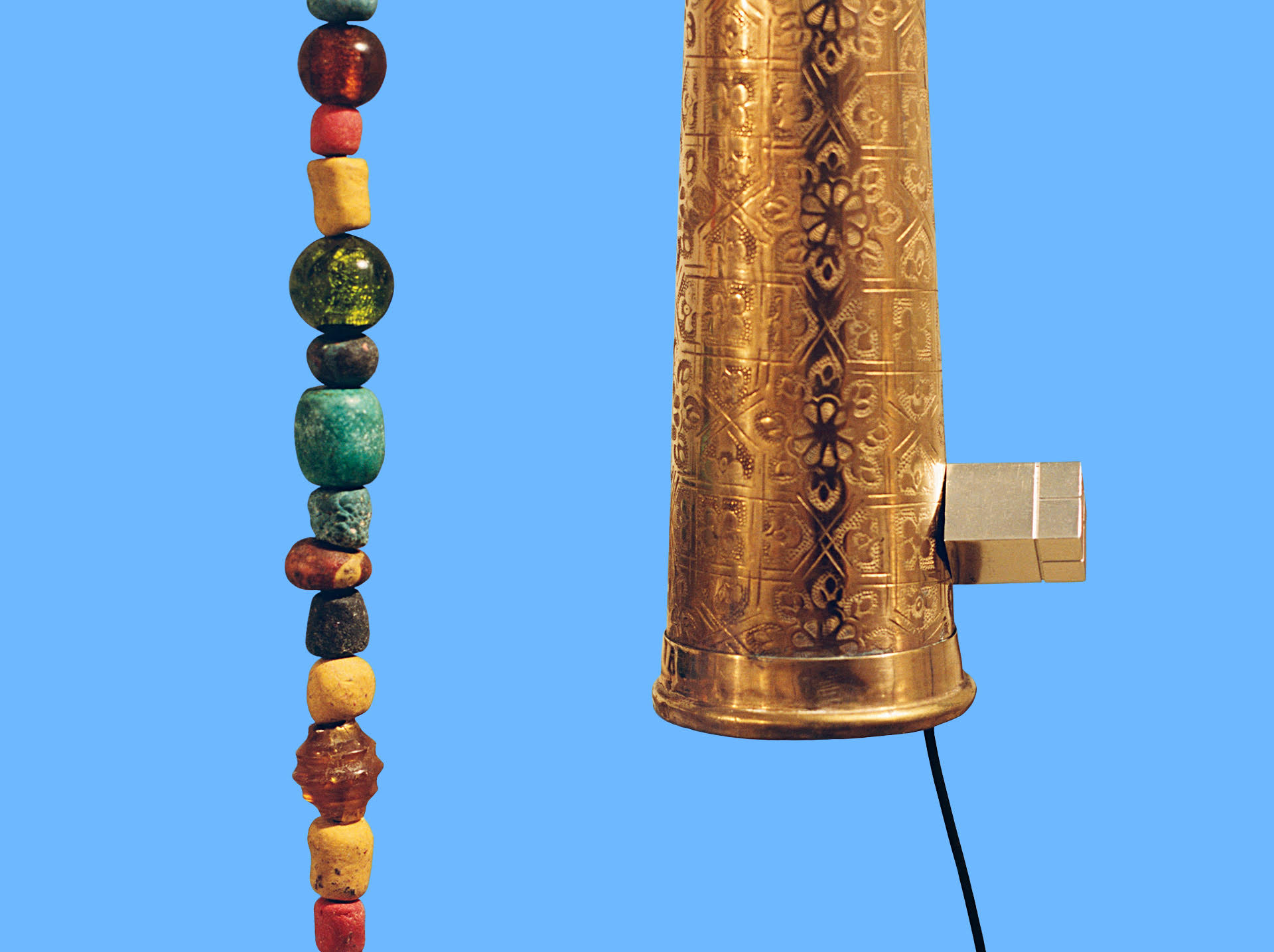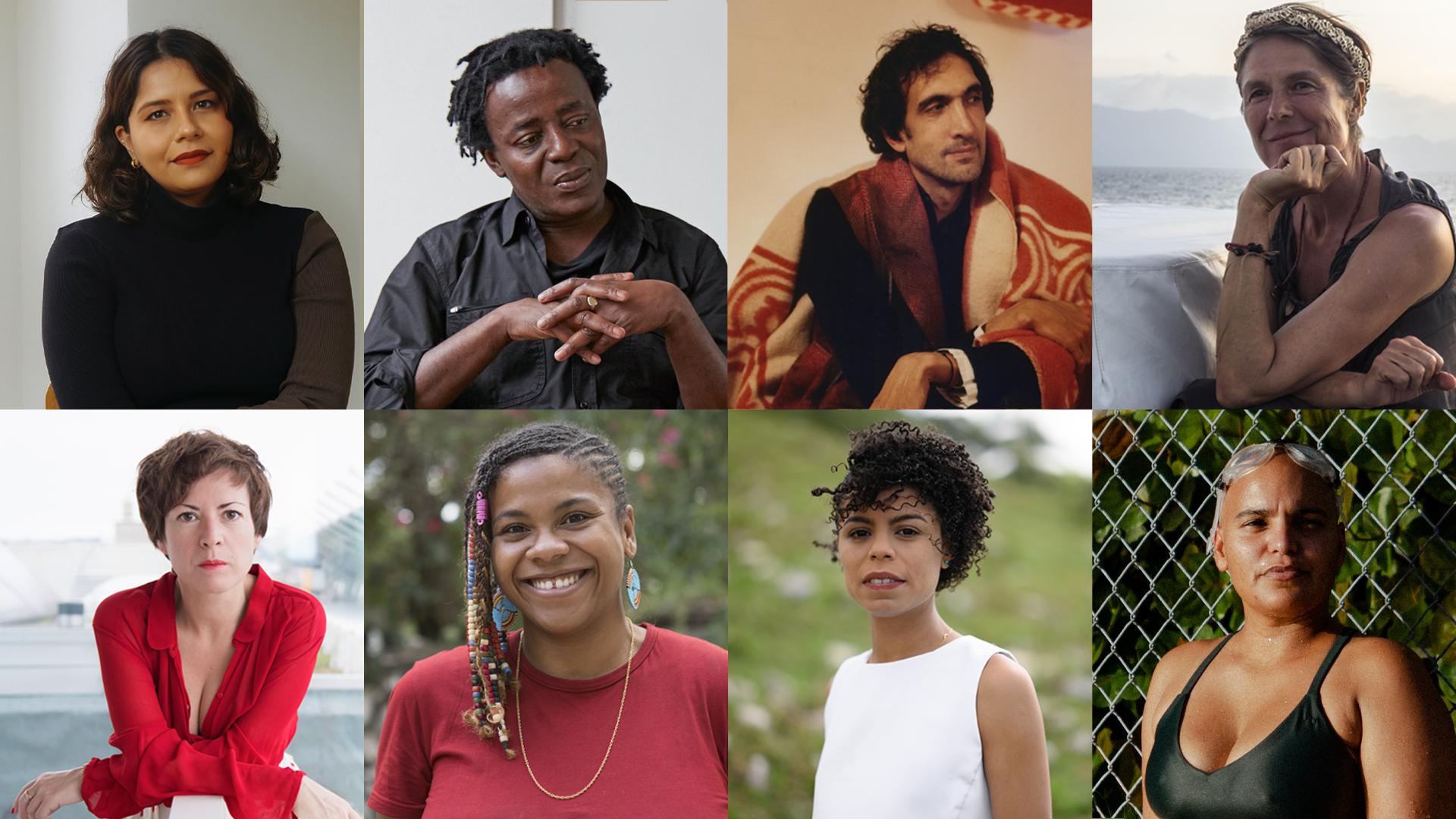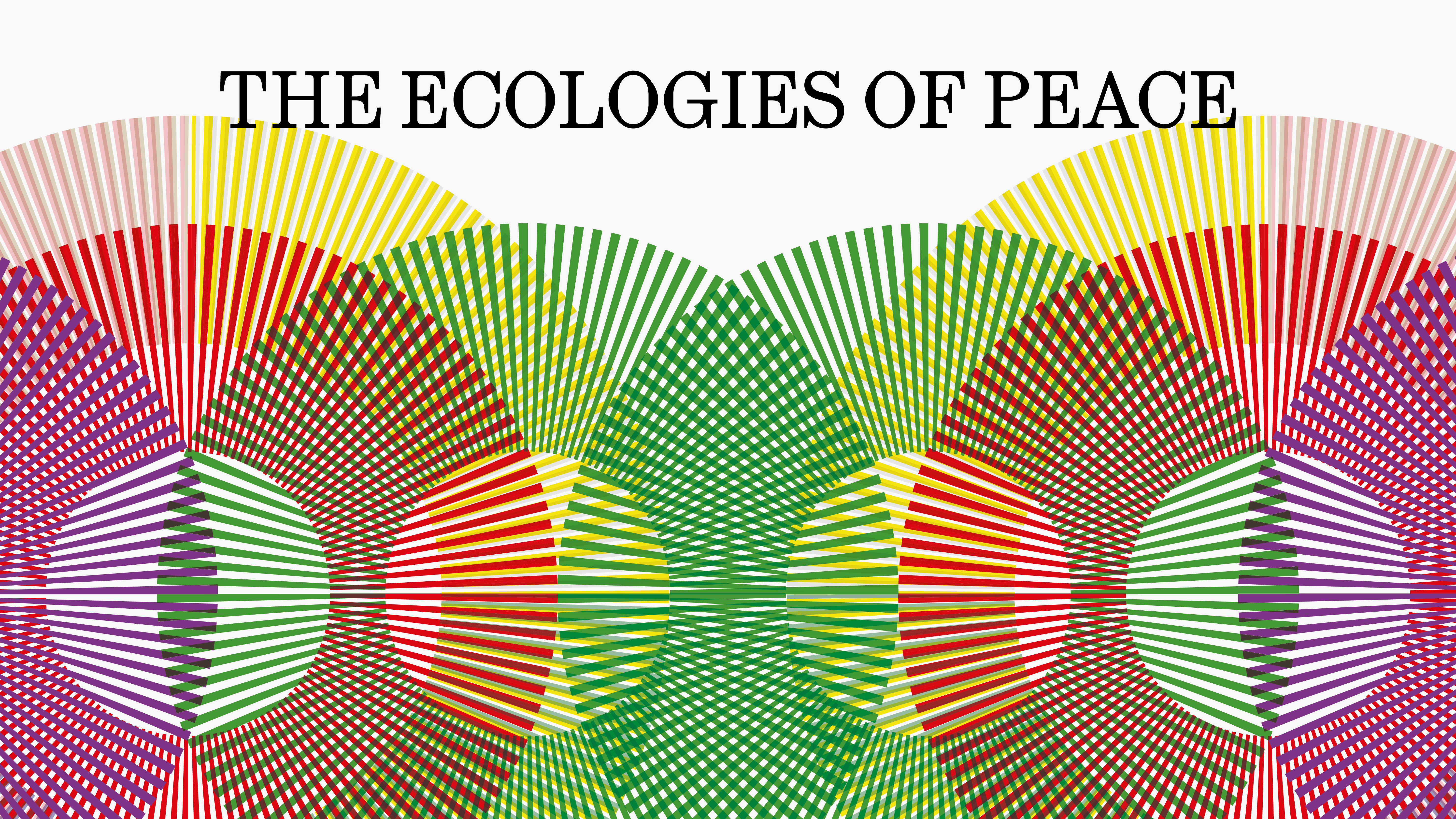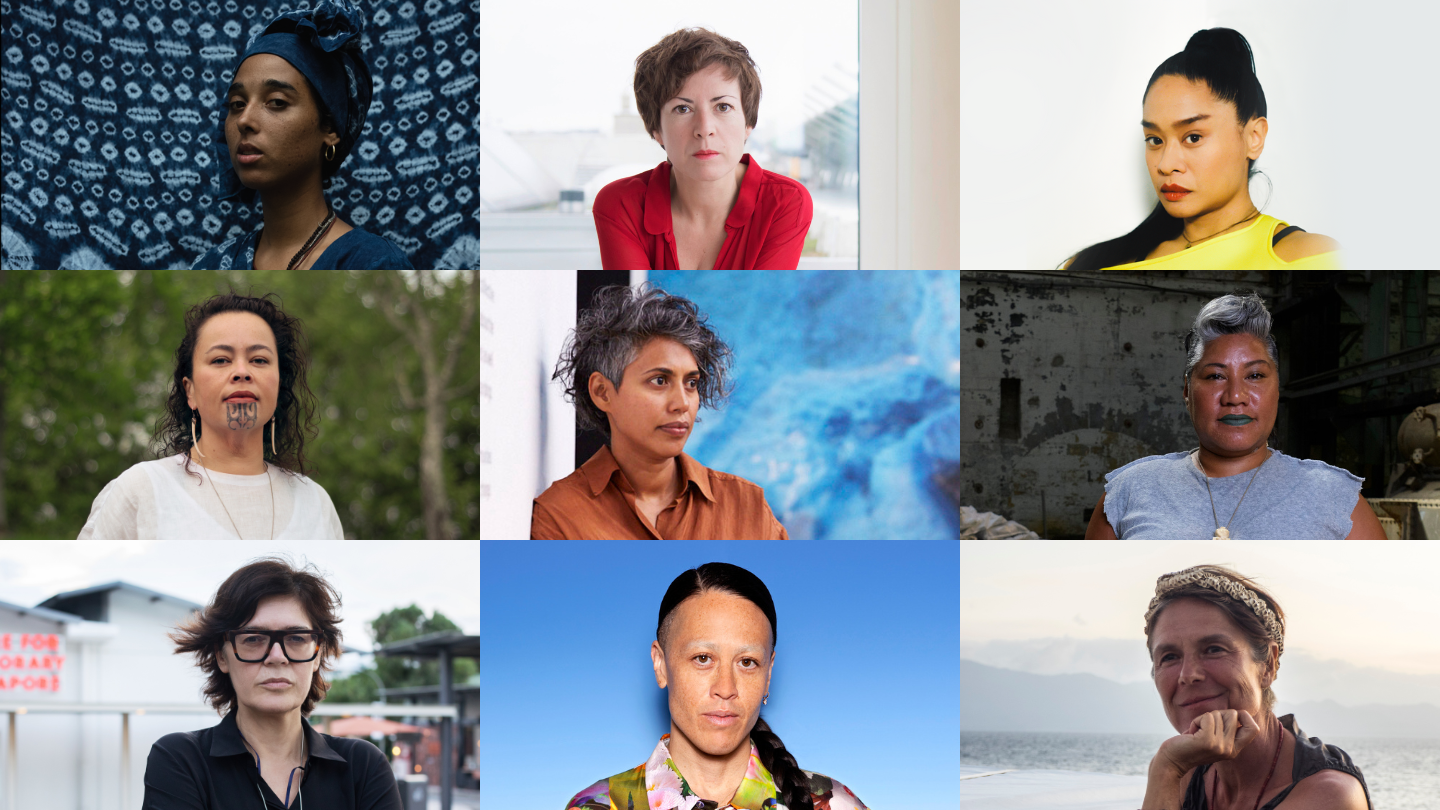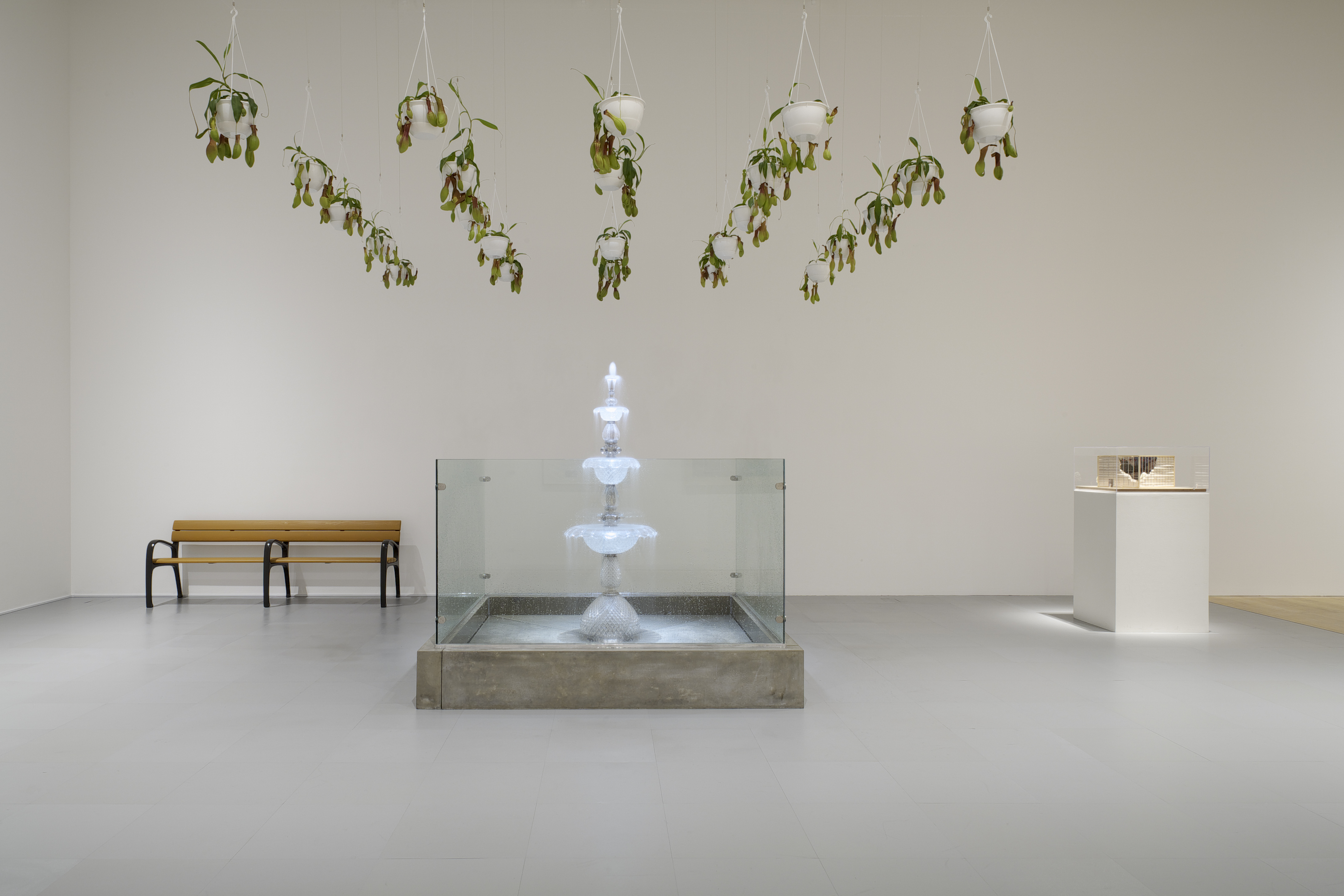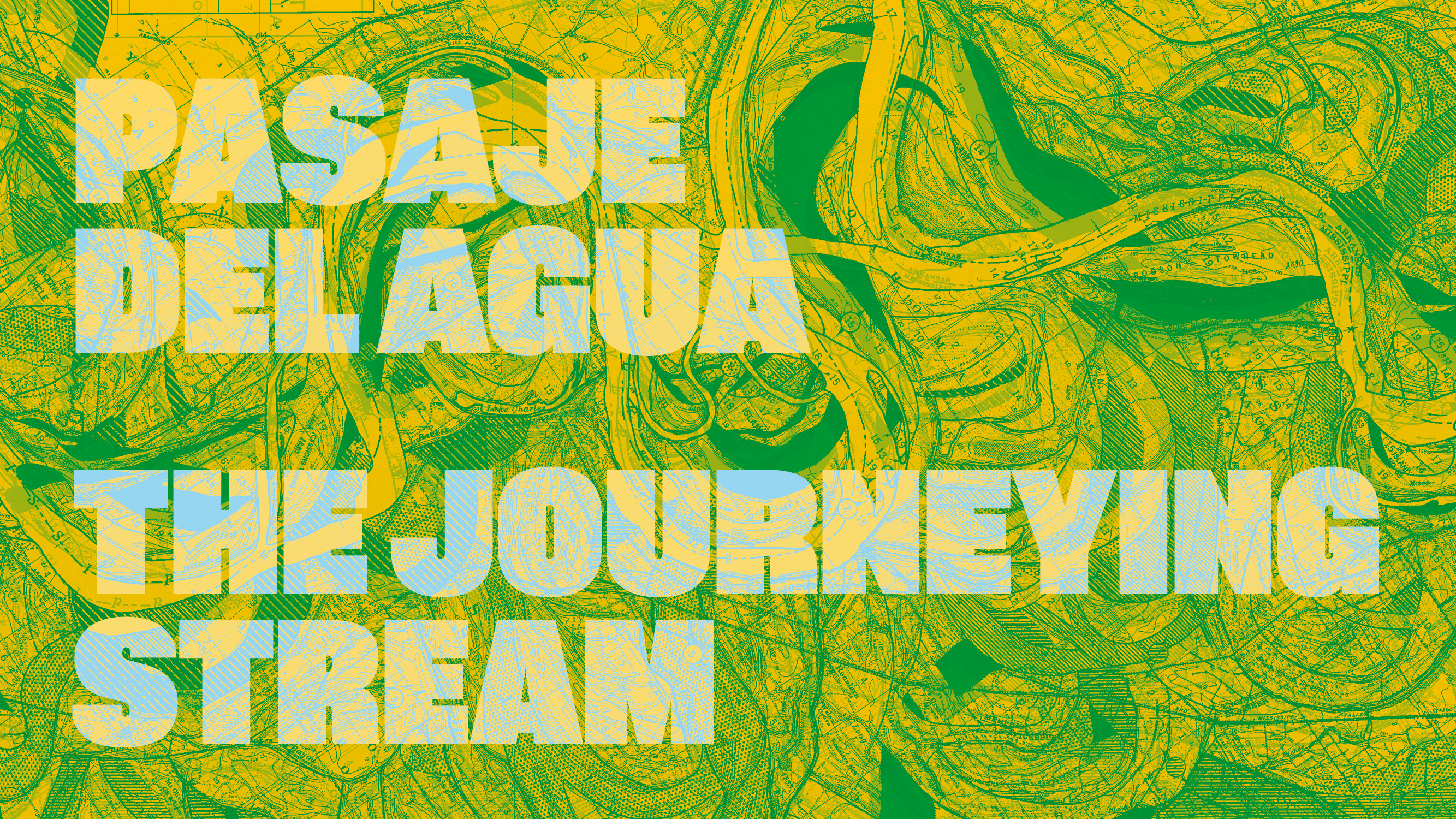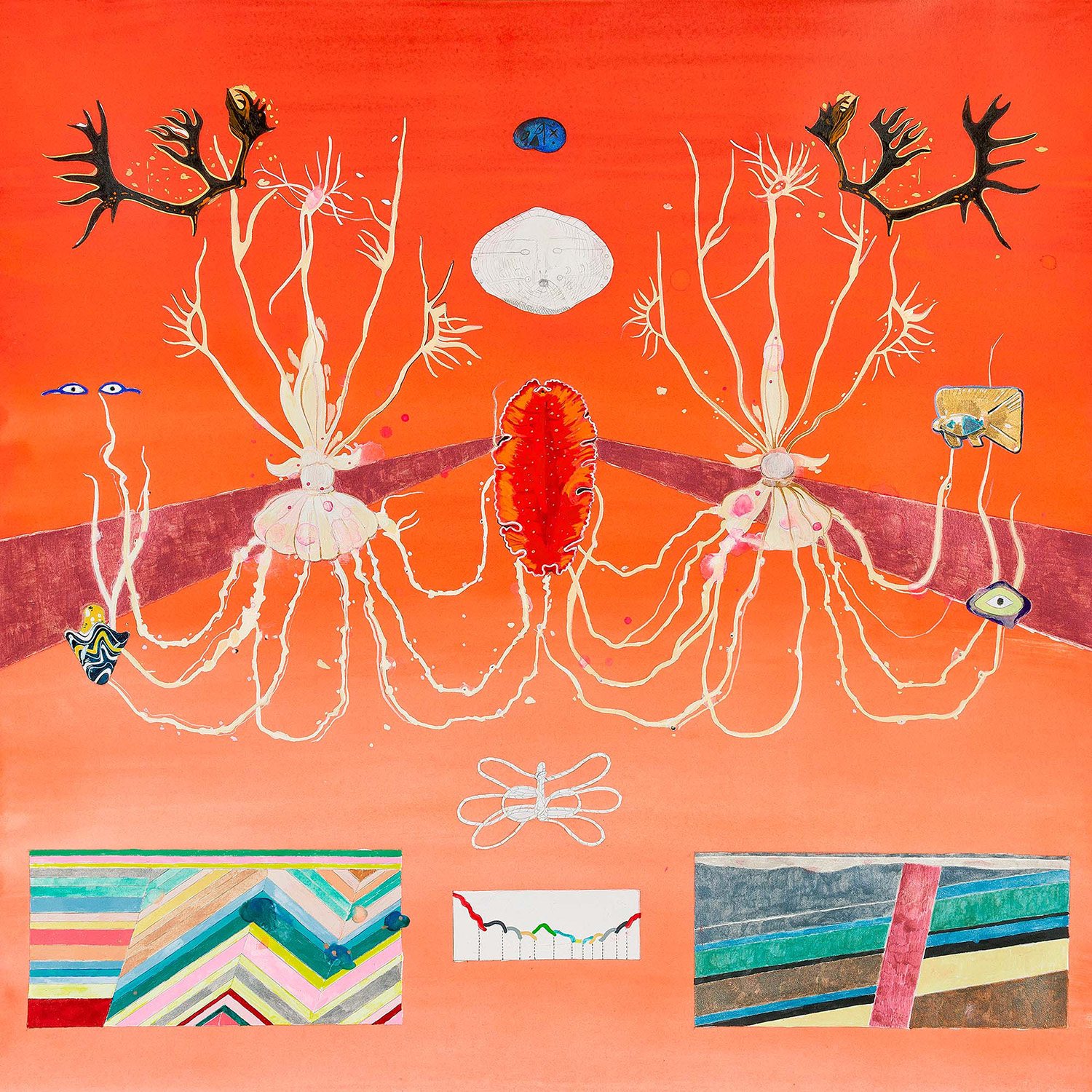Beyond the Human in the Thyssen-Bornemisza Collections
July 1–September 28, 2025
Curated by Daniela Zyman
let earth renew
broken spirits
find precious
love once shared
—bell hooks, Appalachian Elegy
Terraphilia—a term combining terra (earth) with philia (love and friendship)—evokes a deep-rooted connection of affect, care, and responsibility toward the earth and its multitudes of inhabitants. To love the earth is a way of knowing, feeling, and acting that is attentive to vulnerability, justice, and the labor of repair. It means inhabiting our interdependence with the living and the more-than-living world. In a time of planetary unmaking and gaping inequalities, the exhibition turns to art to orient us toward transformative ways of being—mobilizing interspecies kinship, new forms of collectivity, and practices of planetary love.
Organized by the Museo Nacional Thyssen-Bornemisza and TBA21 Thyssen-Bornemisza Art Contemporary, Terraphilia brings together around 100 works spanning five centuries from the Thyssen-Bornemisza collections. These works present an evocative spectrum of artistic and intellectual explorations, revealing the depth and reach of more-than-human stories and multispecies intimacies. Resisting the impoverishing dualisms of modern cosmology, the exhibition invites viewers to rediscover the world as a pluriverse: a world of many worlds.
Rather than following chronology, Terraphilia moves through a constellation of thematic currents and undercurrents, focusing on cosmograms, animate worlds, the art of dreams, land relations, mythical time, oceanic cosmogonies, and the contested legacy of objectivity. These subjects open different portals for assembling with the earth through myth, science, dreamwork, storytelling, spirituality, and ecology while confronting the histories of colonial expansion, resource extraction, and ecological violence that shape the present. This layered approach is mirrored in an architectural intervention by Marina Otero Verzier with Andrea Muniáin: a serpent-like, translucent structure that wraps around the exhibition space, guiding visitors through its shifting planes of transparency and interwoven scenarios.
Landscape paintings by Roelant Savery, Joachim Patinir, and Jan Bruegel the Elder illustrate the most accomplished early attempts to map and moralize nature, casting it as orderly, legible, and divinely structured. In these works, the world appears orchestrated into meaningfulness, arranged in symbolic hierarchies, and aligned with divine geometry. But as the Enlightenment begins to unmoor itself from humility, the empirical gaze sharpens and the tools of measurement proliferate. In the paintings of Jan Jansz. van der Heyden and Melchior de Hondecoeter, the desire to understand the world turns into a mandate to master and normalize it. Curiosity is folded into conquest and expansion becomes destiny, as exemplified in the landscapes by Frans Jansz. Post and Albert Bierstadt. In the wake of this shift, the earth is no longer a home to care for in a shared cosmology—it becomes resource, territory, and possession.
Terraphilia resists and complicates this entrenched logic. Mythology, mysticism, and dream spaces emerge as sites of resistance and renewal, where the boundaries between reality and magic and the human and more-than-human blur. In Domenico Fetti’s The Parable of the Sower, the act of sowing becomes both a spiritual allegory and an earthly gesture of care. Paintings by Yves Tanguy, Natalia Goncharova, Wassily Kandinsky, and Rubem Valentim explore abstraction and dream logic to access the deeper structures of reality that exceed visibility and reason. Metamorphosis and hybridity recur as motifs of transformation, destabilizing fixed identities and gesturing toward unruly ways of becoming. Salvador Dalí’s dream creatures and Elyla’s fluid avatars blur the lines between spirit, animal, and gender. Inês Zenha’s biomorphic ceramics pulse with queerness and excess, insisting that the earth, too, resists classification.
Artists such as Arthur Boyd, Regina de Miguel, Asunción Molinos Gordo, and Janaina Tschäpe turn to fungal, microbial, and vegetal agencies to suggest forms of intelligence that defy anthropocentric logic. Their works challenge the notion of the human as exceptional, proposing instead a mode of subjectivity that is porous, entangled, and reshaped through exchanges with the living world.
Meanwhile, the earth is reanimated not as property but as witness and relation in the works of Dineo Seshee Bopape, Rashid Johnson, and Vivian Suter, who trace memory, land, and survival across fractured geographies and haunted materialities. Through clay, soil, and the elemental, they speak of continuity, rupture, and return, crossing the threshold of matter and myth. In Daniel Otero Torres’s totemic tributes to land defenders, figures emerge that hold together the living and the lost—not monuments to the past but embracing an enduring presence.
The ocean is a sentient presence, a space of memory, fluidity, and fugitivity. Works by The Otolith Group, Josèfa Ntjam, and Susanne Winterling conjure the ocean as a multispecies archive of migration, mourning, and planetary renewal. Ntjam’s Siphonophore 1/2, inspired by marine biology and African cosmology, imagines collective being as mutualist figuration: many-in-one, becoming-with.
Sissel Tolaas’s commissioned installation whereareWEarewhere animates the exhibition space and interweaves its distinct parts. Harnessing smell molecules sourced from varied landscapes and ecologies, she infuses a series of glass olfactory vessels with the elemental forces of Terraphilia: Ocean, Animal, Human, Stratosphere, Earth, and Nature. Smell becomes a medium of communication, shaping molecular cosmograms that invite sensory engagement beyond the visual.
Terraphilia insists on the potential of ritual and storytelling as intergenerational learning of ecological knowledge. Through the voices of artists like Ayrson Heráclito, Brad Kahlhamer, Ana Mendieta, and Hervé Yamguen, the exhibition affirms the importance of listening to silenced histories, of learning from plural cosmologies, and imagining life otherwise.
The exhibition is accompanied by a monographic catalog that brings together leading voices across the explored themes, including Amerindian perspectivism, trans*feminism, decolonial ecologies, the history of science, critical fiction, and political theory. Edited by Daniela Zyman and Álex Martín Rod, the publication features newly commissioned texts alongside seminal essays translated into Spanish for the first time, with contributors including Báyò Akómoláfé, Marisol de la Cadena, Lorraine Daston, Malcolm Ferdinand, Macarena Gómez-Barris, Ayrson Heráclito, Eva Hayward with Ingo Niermann, Michael Marder, Álex Martín Rod, Jason Bahbak Mohaghegh, John Tresch, Sissel Tolaas, and Daniela Zyman.

